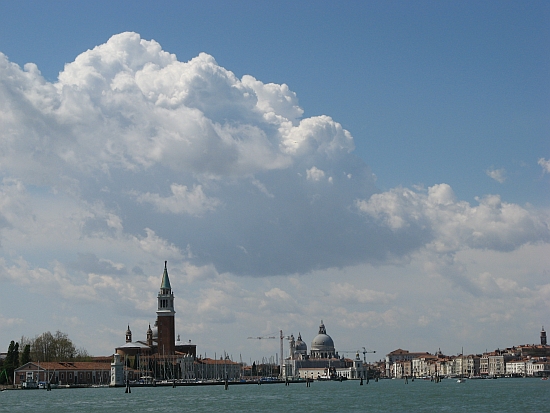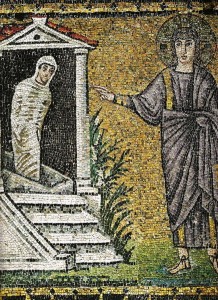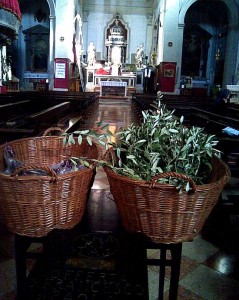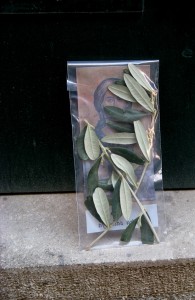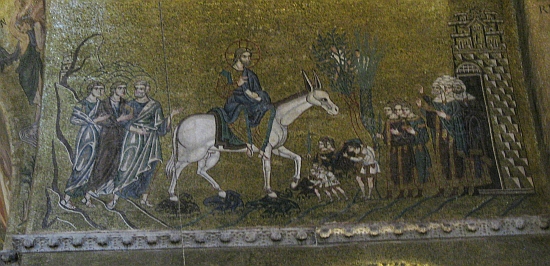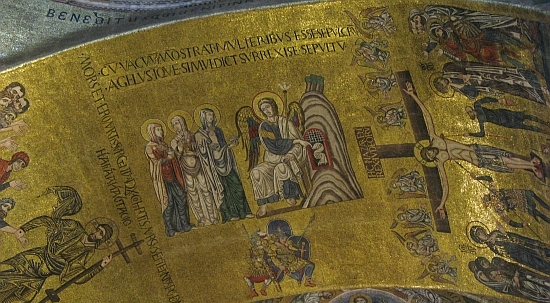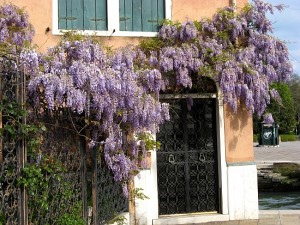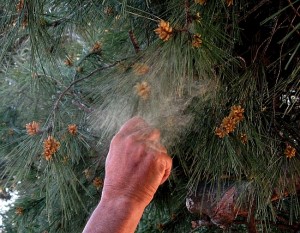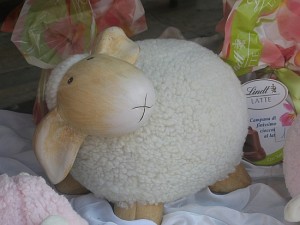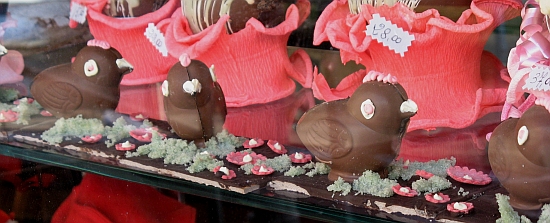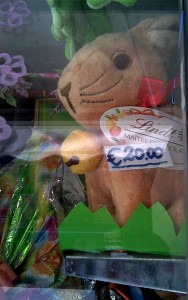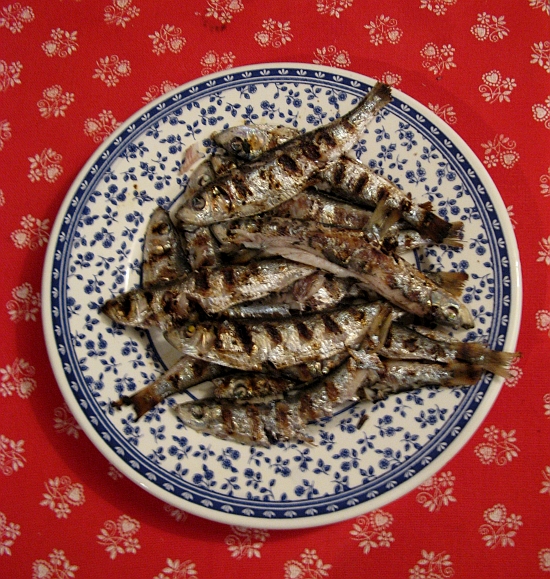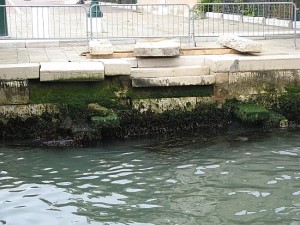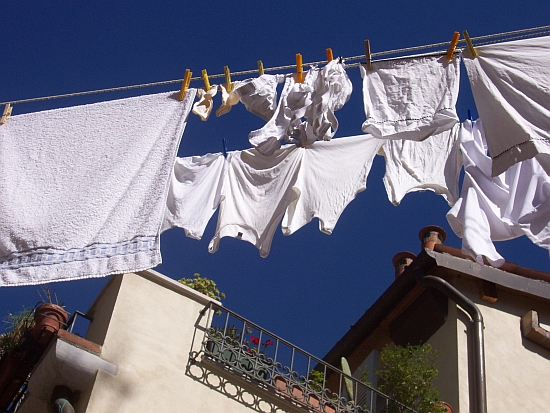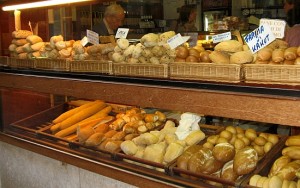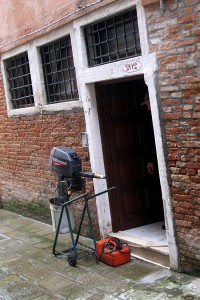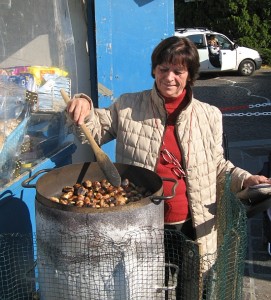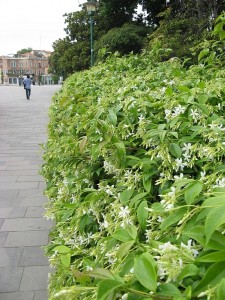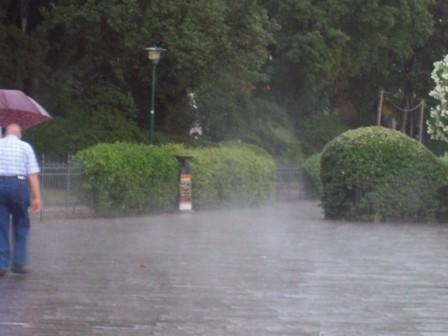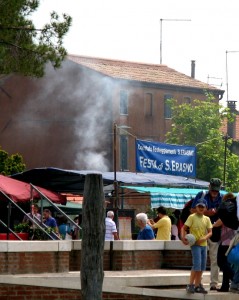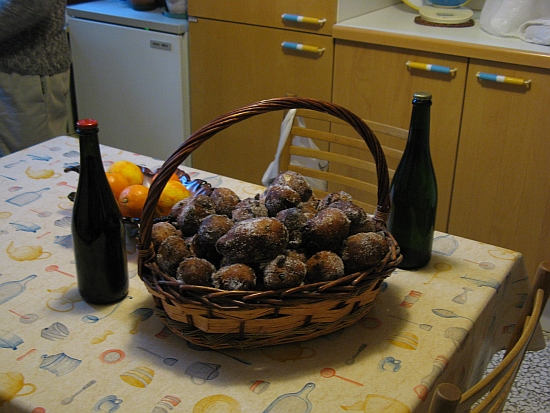Perhaps your local gazette hasn’t mentioned it yet, but Pope Benedict XVI is planning a big trip soon. He’ll be touring Northeast Italy, and will be in or around Venice on May 7 and 8.
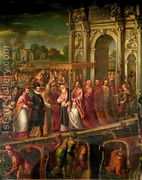
Venice has a long and prodigious history of state visits — King Henry III of France and Poland, in 1574, was one of the more famous guests, just one of a seemingly infinite procession of princes, ambassadors, potentates, emperors and, of course, popes coming to see the sights, visit the doge, and usually ask for some favor, like money or soldiers. Reading the list of deluxe visitors over the centuries gives the impression that the main business of Venice was hosting foreign notables, while other activities such as running an empire filled the random empty moments, kind of like a hobby.
Yet His Imminence has aroused not only joy and excitement among the faithful, but tension and recrimination and a series of increasingly regrettable remarks among the city’s gondoliers concerning who is going to get to row him the approximately five minutes it takes to row from San Marco to the church of the Salute, and in what boat. By a mystic coincidence, gondoliers are also known as pope (POH-peh), because they row on the stern (poppa) of the gondola. I have no idea what this might portend.
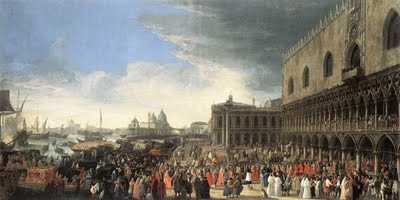
Don’t suppose that the battle to transport the pontiff is any particular evidence that gondoliers are so pious. A pious gondolier would be a distant cousin to a pious illegal-clam fisherman, or a pious doctor of a cycling champion. I’m not saying it’s impossible, just kind of unusual. But they do like to be the center of attention and, in fact, they’re used to being regarded as some sort of star. At least to the damsels they may be so fortunate as to row around the canals.
Popes aren’t supposed to cause dissension, they’re supposed to resolve it. But Benedict has unwittingly set off a sort of collective seizure.
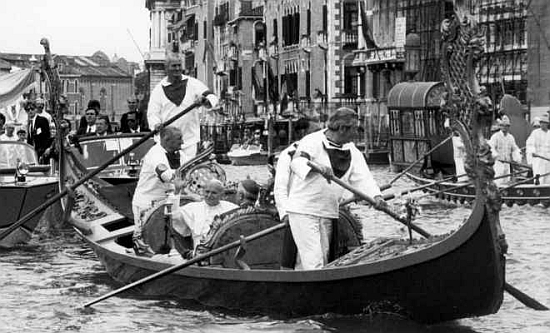
First: Luciano Pelliccioli, vice-president of the gondola station heads (and a gondolier) offered to join Aldo Reato, president of the gondola station heads (and a gondolier) to row His Sanctity in Luciano’s extremely elaborate and glamorous gondola.
No!! The cry went up. Why should those two men profit by their position and crowd out equally (I mean, more) deserving gondoliers? Why, indeed?
Furthermore!! Champion racer Roberto Busetto, never at a loss for an opinion (he isn’t a gondolier, but that’s a detail), objected on the grounds that if Luciano should ever think of selling his gondola, he could easily make a huge profit by marketing it as the gondola that had carried the pope. Busetto gets five bonus points for crassness, though that doesn’t mean he’s wrong.
Anyway, Luciano withdrew his offer of his gondola and himself. Reato also withdrew, but the incessant calls have continued. There are 425 gondoliers and by now probably each of the remaining 423 has called him at least once. Some of them have fantastic reasons to be chosen: “Padre Pio came to me in a dream and said you should pick me,” said one. Another person suggested Giorgia Boscolo, the first woman gondolier. That idea burnt up on reentry into reality.
Then somebody suggested the “Strigheta” brothers, Franco and Bruno, sons and heirs (and gondoliers) of one of the greatest racers/gondoliers of all time, Albino “Gigio” Dei Rossi, known as “Strigheta.” (He rowed not only one, but four popes in his day.) They’re loaded with credentials and nobody hates them, which helps.
Then somebody suggested a four-rower gondola, rowed by the current racing champions, the Vignottini and D’Este and Tezzat. I think the idea was that rowing the pope could somehow magically bring peace to these two savagely feuding pairs, though somebody else opined that it wasn’t appropriate to expect the Holy Father to resolve every little neighborhood squabble. In any case, the four men have declared their willingness to row the Pontifex Maximus together, which is already a big step forward.
Then somebody asked: Why should it be a gondola? Excellent question, considering that the city of Venice owns a more capacious gondola-type boat called a balotina, on which Pope John Paul II was borne along the Grand Canal in 1985.
Then some daring person suggested using the “disdotona,” or 18-oar gondola, which belongs to the Querini rowing club, and which in my opinion is not only the most spectacular boat in the city, by far, but would provide 18 men the chance to Row for Holiness.
Naturally, this idea got nowhere, because nobody thought one club should be given preference over another. We’ve all got great boats, the thinking goes — why them and not us?
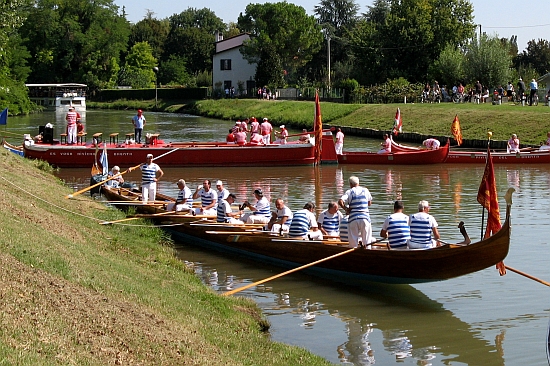
I’m surprised nobody has yet suggested using the “Serenissima,” the huge decorated bissona with a raised stern, making the pope easy to see plus providing space for his entourage and some trumpeters, if that seemed appropriate. But so far no mention of this little coracle.
Which brought up the next question: Why should the rowers be gondoliers? Another useful point. In the olden days, a visiting potentate — such as John Paul II — would be rowed by the necessary number of “re del remo,” men who had won the Regata Storica five years in succession. There aren’t many of them, because it’s fiendishly hard to do. That would instantly reduce the number of candidates to something manageable.
And by now there has been at least one practical joke. Someone purporting to be Aldo Reato (president of the gondola station heads) called the Gazzettino and said the matter had been settled: Luciano’s fancy gondola was going to be used after all, rowed by Franco Girardello, a retired gondolier who goes by the nickname “Magna e dormi” (eat and sleep). This fantasy was quickly dispelled by all concerned except the anonymous prankster.
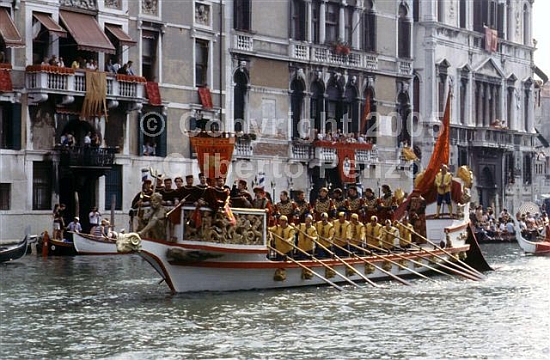
The most recent bulletin is that the matter will be put to a secret vote among the gondoliers. The mind rather reels. Busetto thinks the papal gondola is going to cost the moon at resale? How much is a gondolier’s vote going to be worth, at this point? No checks, no credit cards.
Comments from bemused readers of the Gazzettino run from “The pope doesn’t care who rows him” to “What a farce” to”Actually, Padre Pio came to ME in a dream and said I should do it.”
A certain Riccardo made the following suggestion:
“Requirements for candidacy:
Never to have blasphemed; Never to have used foul language; Never to have spoken in a coarse tone of voice. In the case of more than one valid candidate (doubtful), preference will be given to the one who has a good knowledge of the principles of Catholicism, and/or who has read at least one of the 16 chapters of the Gospel of St. Mark, patron saint of our city.”
This pastoral visit has been in the planning stages for at least three months — probably more — and yet here we are, at the last minute, dealing with the frenzied bleating of the flock.
Meaning no disrespect, I think it would have been better for everybody if they had given a crash course in rowing to a Rastafarian and a dervish. I can’t think of a gondolier who could possibly be cooler than that.

